Crafting restaurant-quality pasta in your kitchen without a pasta machine may sound daunting, but it’s truly an art form that anyone can master with some practice and the right techniques. This guide walks you through the essential steps and tips needed to create delicious, silky pasta that rivals any fine dining establishment—all from the comfort of your own home.
Flour Selection
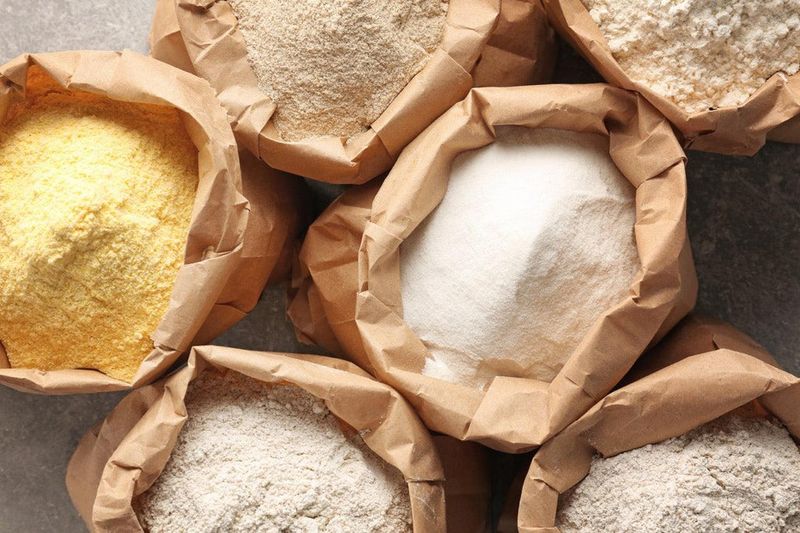
Choosing the right flour is the cornerstone of exceptional homemade pasta. Semolina flour offers a distinct texture and flavor that’s perfect for rustic dishes. In contrast, 00 flour provides a smoother and more refined pasta, akin to what you’ll find in high-end restaurants.
Mixing different flours can create a unique consistency and taste, allowing you to customize your pasta to suit various sauces and fillings. Experimentation with flour combinations is a creative process that can yield unexpected and delightful results.
The Art of Kneading
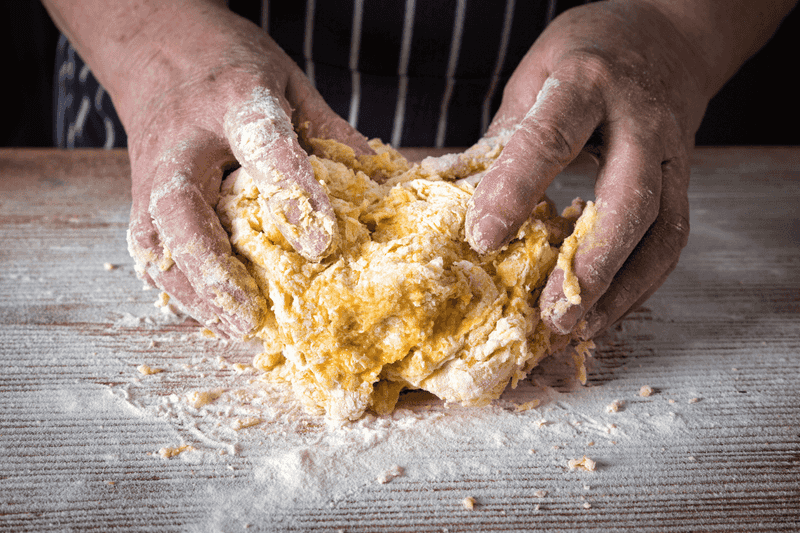
Kneading transforms a simple mixture of flour and eggs into a silky and elastic dough. It’s a tactile experience where you connect with the ingredients, feeling the dough evolve under your hands. Proper kneading develops gluten, essential for pasta’s chewiness and structure.
Allocate time and patience to this step, as it’s crucial for achieving the desired texture. Kneading can also be therapeutic, offering a moment of zen in your busy day.
Rolling by Hand
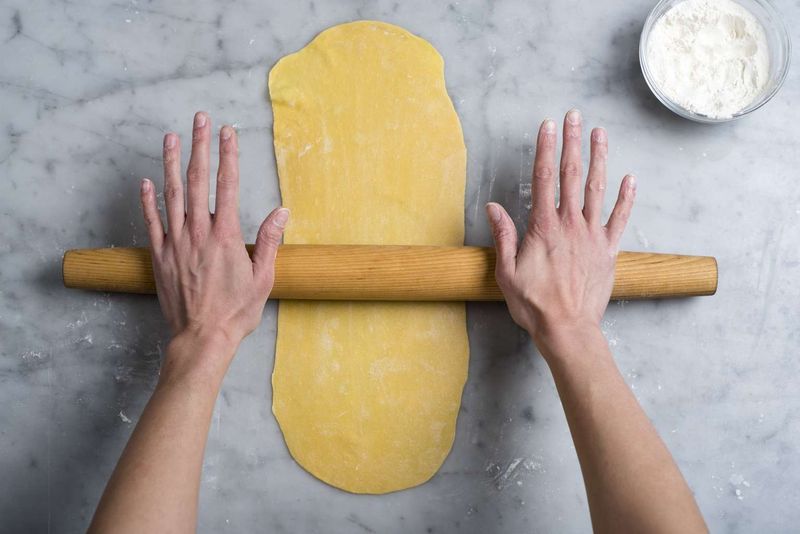
Rolling pasta by hand is an art that requires practice and precision. A wooden rolling pin is your best ally, offering control over thickness and uniformity. Start by rolling from the center outward, ensuring even pressure is applied throughout.
Feel the dough’s transformation as it stretches and thins, becoming a canvas for your culinary creativity. This process not only builds skill but also appreciation for the traditional methods of pasta making.
Cutting Techniques
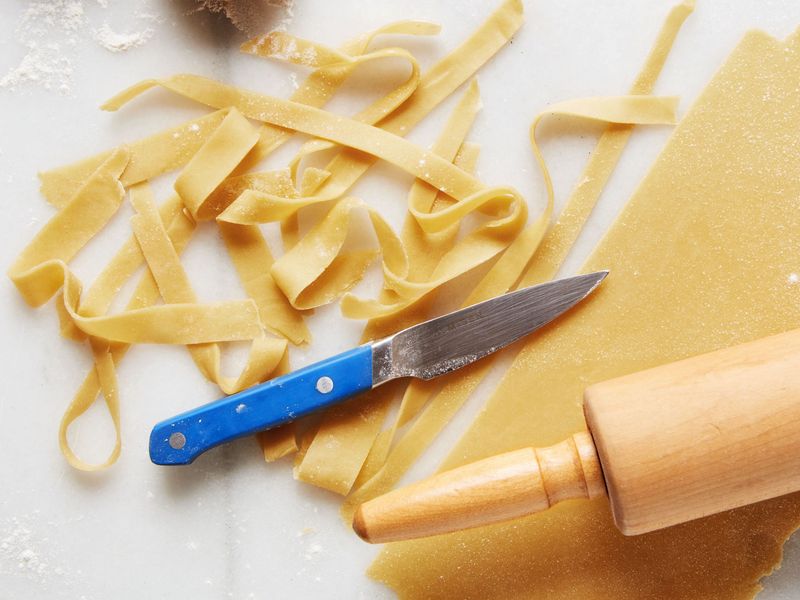
Once rolled, cutting the pasta brings it to life with style and versatility. From fettuccine to pappardelle, each cut offers a different experience on the palate. Use a sharp knife or pasta cutter, paying attention to consistent widths and shapes.
Exploring different cutting techniques can enhance the visual appeal and texture of your pasta dishes. Experimenting with various shapes allows for creativity and personalization.
Cooking Perfection
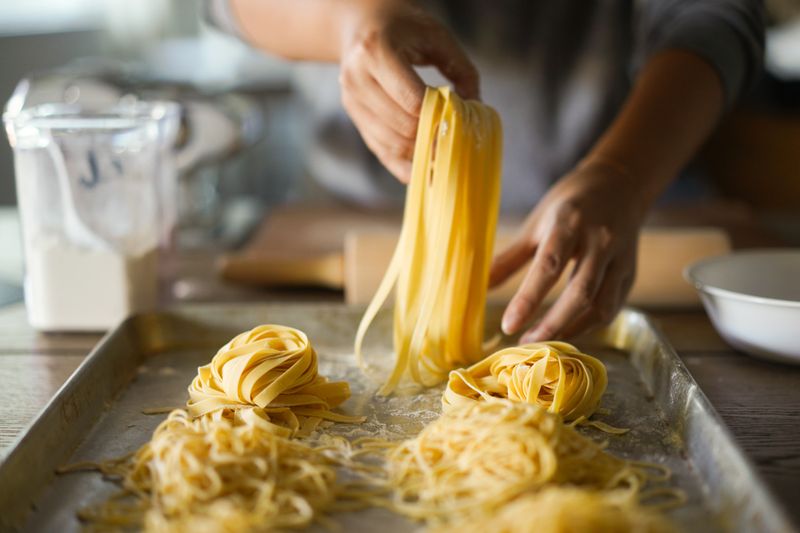
Cooking pasta to perfection starts with a large pot of boiling, salted water. Fresh pasta cooks quickly, usually within a few minutes, so vigilance is key to prevent overcooking.
Taste occasionally to reach the desired ‘al dente’ texture, where the pasta offers a tender yet firm bite. Timing and attention during this step ensure that the pasta maintains its integrity and absorbs sauces beautifully.
Sauce Pairings
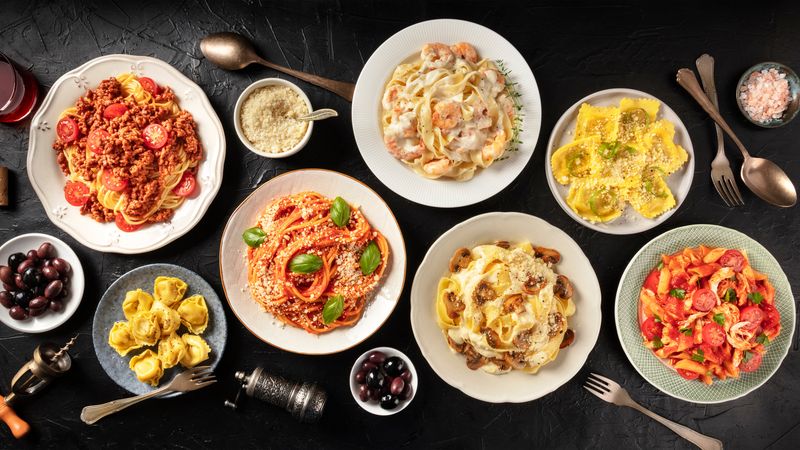
Pairing the right sauce with your freshly made pasta elevates the entire dish. Consider the pasta’s shape and thickness when selecting a sauce, as certain sauces cling better to specific types.
From creamy Alfredo to robust marinara, the sauce is the finishing touch that harmonizes the flavors. Experiment with homemade sauces to discover combinations that surprise and delight the palate.
Presentation and Enjoyment
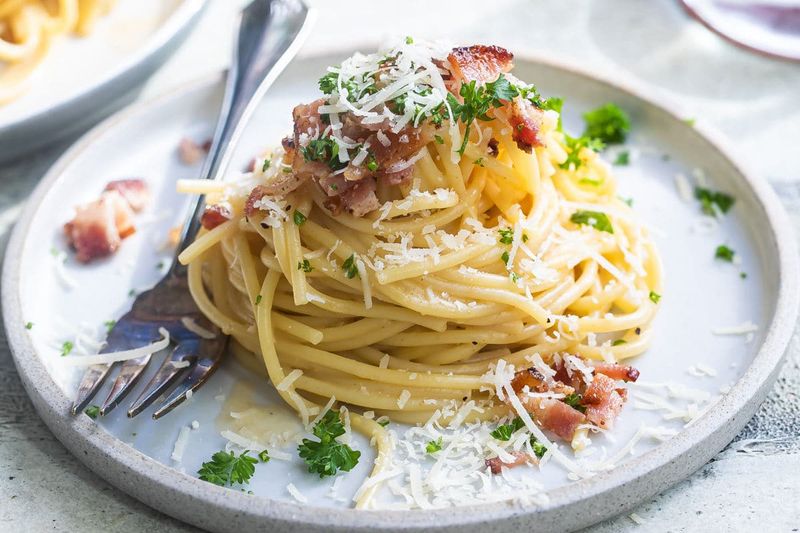
Presentation transforms a simple bowl of pasta into a feast for the eyes. Arrange the pasta artfully on the plate, garnishing with fresh herbs or a sprinkle of parmesan.
Enjoying your creation is the final step, where all the effort culminates in a delightful dining experience. Share with loved ones, savoring the culmination of your culinary journey.
Leave a comment